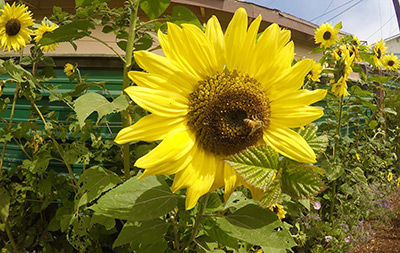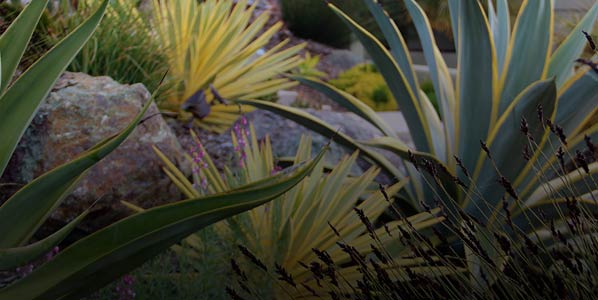Keeping The Bees

In 2006, conservation biologists at the University of Goettingen in Germany teamed up with scientists at UC Berkeley to test the widely-accepted horticultural maxim that one out of three bites of food we eat depends on a pollinator such as bees (1). Surprisingly, or not, it turned out to be true.
By studying 115 of the most common food crops, researchers calculated that 87 depend to some degree upon animal pollination, accounting for one-third of global crop production. In fact, many crops rely on the hardworking honeybee for more than 90% of their pollination. In other words, we need bees.
As with other aspects of our natural world that we take for granted, bees have gained a lot of attention due to their threatened status. Bee populations have been declining at an alarming rate during these first decades of the 21st century. Scientists coined the term “colony collapse disorder” in 2006 when reports of unprecedented colony losses began piling up from various locations across the US and in Europe. The suspected culprits included habitat degradation, viruses, parasites, pests, air pollution, electromagnetic fields and herbicides and pesticides.
The most puzzling part of this phenomenon was that thriving colonies – tens of thousands of bees – would seemingly disappear overnight. To make matters worse, beekeepers were not finding any dead bees in and around the hive. After many years of sleuthing, scientists believe they have identified the neonicotinoid class of pesticides as the key driver behind colony collapse disorder (2). Unfortunately, these chemicals are widely used to treat crops, which then spread their pesticides with neighboring foliage via runoff (3). Even more unfortunately, it appears that even tiny amounts of neonicotinoids eventually interfere with bees’ ability to orient themselves and navigate away from the hive and back. This may account for the sudden emptying of the hives.
Europe has led global efforts to protect bee colonies and we hope the ideas are catching. As of April of 2018, the E.U. extended their moratorium on some uses of neonicotinoids (4), a boon for environmentalists and bees alike. A bill introduced in the US Congress during 2013, the Saving America’s Pollinators Act, would have directed the EPA to take similar measures. Unfortunately, it never came to a vote. Efforts continue around the country and the globe to save this essential element of our natural world.
- https://www.berkeley.edu/news/media/releases/2006/10/25_pollinator.shtml
- https://www.efsa.europa.eu/en/press/news/180228
- https://www.pbs.org/newshour/science/neonicotinoid-pesticides-slowly-killing-bees
- http://www.sciencemag.org/news/2018/04/european-union-expands-ban-three-neonicotinoid-pesticides




